Painting is a visual expression of imagination using different tools. It is the art of mixing colours on various surfaces, whether manually through brushes or in digital format. Painting lets inner creativity be reflected in a certain material. Learning about numerous painting styles and mediums will help you release your full potential.
Experimenting with different painting styles and techniques will advance your painting. Whether you are a professional artist or not, learning about different painting styles and techniques will help you find your taste. Having a basic knowledge of painting techniques will also assist in interpreting artwork created by others.

Painting styles reflect personal nuances, such as the different use of brush strokes. Painting techniques refer to the mediums through which artwork is created. Different materials, such as paper, canvas, clay, and sand, can be used. This guide is for you if you are inspired by a certain style or wish to experiment with new formats!
Painting styles may take the form of abstract work, impressionism, futurism, realism, and pop art. Artists apply various painting styles and techniques, whether separately or in combination with one another. A fundamental understanding of painting styles and techniques is essential throughout the creative process.
From Brush to Canvas: Painting Styles

Realism
Realism aims to depict objects as realistically as possible. It focuses on a real-life and accurate appearance. Unlike other painting styles, realism deals less with style. Instead, greater attention is paid to creating reality with lightning and tones.
Art Nouveau
Art Nouveau is a form of modern art that aims to bring art and design together. It considers the creation of artwork with aesthetics and functionality as part of everyday life. Art Nouveau techniques are applied in different areas, such as jewellery, architecture, and decorative arts.

Portrait Painting
Portrait painting focuses on human subjects to represent facial features based on reality. It depicts the image of a particular person. On the other hand, figure painting puts greater emphasis on the overall human form. Different outlets can be used for portrait painting.
Landscape Painting
Landscape painting is created based on natural scenery, such as mountains, fields, and coasts. Artists can paint nature in a realistic or abstract format by focusing on nature's palette. On the other hand, a panorama captures a natural scene from a wider perspective.

Abstract
Abstract painting is built on the simplification of the subject by breaking it down into basic forms. Abstract painting communicates through shapes, colours, and lines. Hence, it does not necessarily represent reality.
Impressionism
Impressionism reflects the artist’s impression of a person, object, or landscape. The impressions are painted through the rapid use of thick brush strokes. Impressionist artists turn the outdoors into their studios to create scenes from urban or suburban life.

Surrealism
Surrealism allows the subconscious mind to be expressed through artwork. The main characteristics of surrealism are artistic freedom and creativity. Surrealist paintings capture objects in untraditional forms in a way that releases personal imagination.
Baroque
Baroque paintings are realistic representations. This style is often referred to as flashy and elaborate. The baroque style typically features the use of deep colours, dark backgrounds, sharp shadows, and dramatic light.

Renaissance
Renaissance paintings are representative artworks of the historical period that gave rise to interest in Greco-Roman culture. The so-called rebirth process led to a greater emphasis on classical learning and individualism. Famous techniques of Renaissance paintings include sfumato, chiaroscuro, and foreshortening.
Cubism
As an essentially abstract form of art, cubism focuses on unconventional geometric shapes. Cubist paintings represent objects and figures from different perspectives rather than singular viewpoints. The fragmented depiction has been a revolutionary representation in art.

Exploring Different Techniques
Diverse painting methods help to generate the visual effect that artists aim for. Painting techniques depend on the artist’s taste. Discovering new painting techniques allows experimentation in the personal expression of creativity. Below, essential painting techniques and their main characteristics are explained in detail. Let’s research commonly used painting techniques.
Watercolor Painting
Watercolor paintings are commonly done on paper with water-based colours. Mixing the colours and getting the right tones is the most challenging part of watercolour painting. Artists use various watercolour techniques to create portraits or landscape paintings.

Oil Painting
The oil painting technique is based on the use of drying oil to bind and thicken the texture of the paint. It dries slowly and gives the artists plenty of time to produce their work. Oil painting can be used for all painting styles and is among the most popular techniques.
Acrylic Painting
Acrylic is another water-soluble paint that dies much faster. However, it becomes water-resistant when it dries and holds the colour better. Various acrylic painting methods can be applied to different mediums. Acrylic can be used for paintings, sculptures, and moulding.

Gouache
Gouache is quite like watercolour, but it comes out opaque when dried and has a heavier consistency. It is also water-soluble and can be used along with watercolour. As a technique that dates back to ancient times, gouache is used by contemporary artists due to its many advantages.
Digital Painting
Digital paintings are created through computer-based programs. They look like watercolour, acrylic, or oil paintings. Creating artwork on a digital medium allows a wider range of opportunities, with different textures and instruments immediately available to the artist.

Texture Painting
Texture painting is based on the existence of visible brush strokes with dramatic effects. Different types of brushes can be used for texture paintings. These include regular paintbrushes but also flat knives or round objects.
Graffiti
As a distinct form of art, graffiti is used mostly outdoors. Graffiti painting is a painting technique that dates to the 1980s, when artists used public walls to create art. It is based on different styles of scribbling.
With Artchi, you can discover original paintings and glass paintings according to your taste at fungible prices.

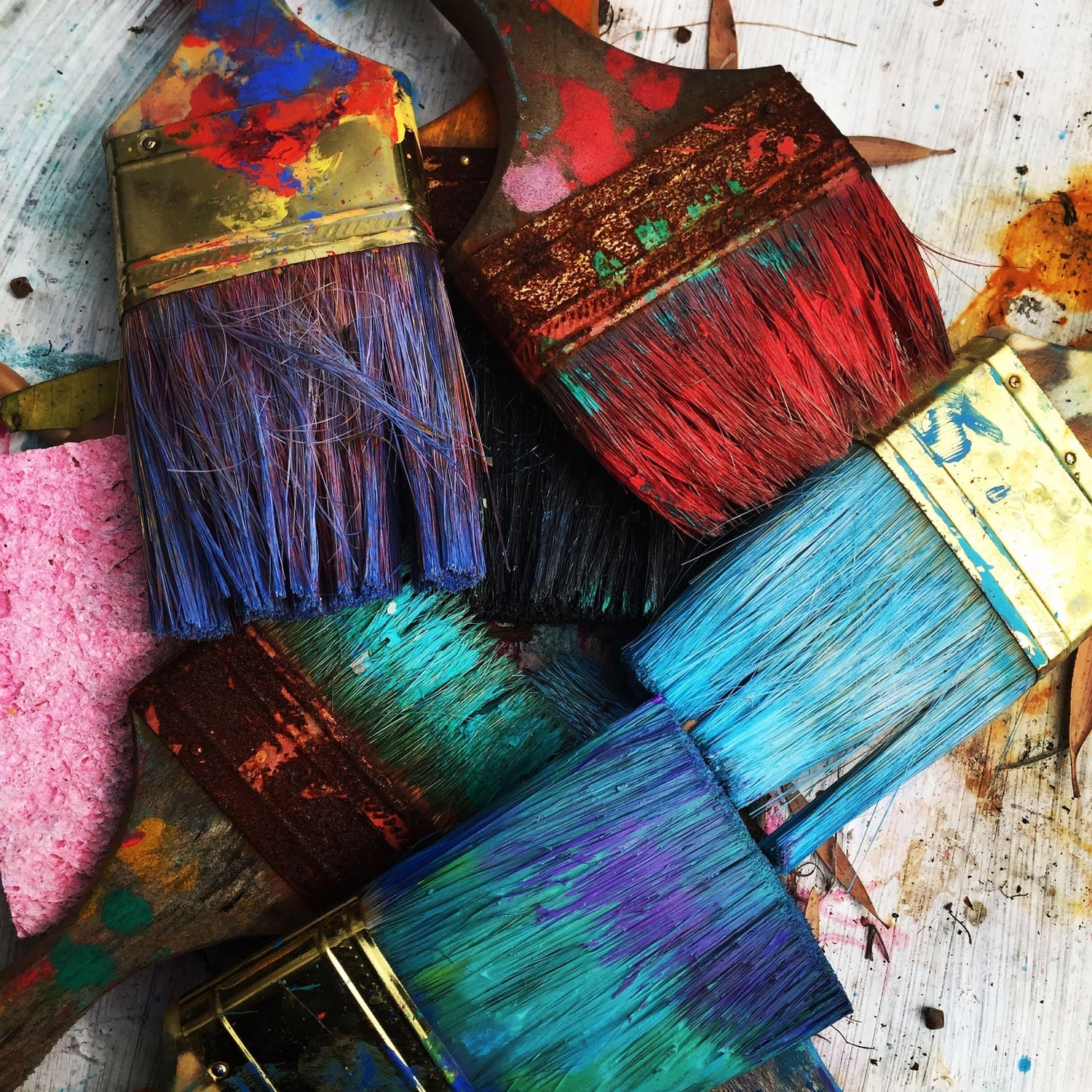
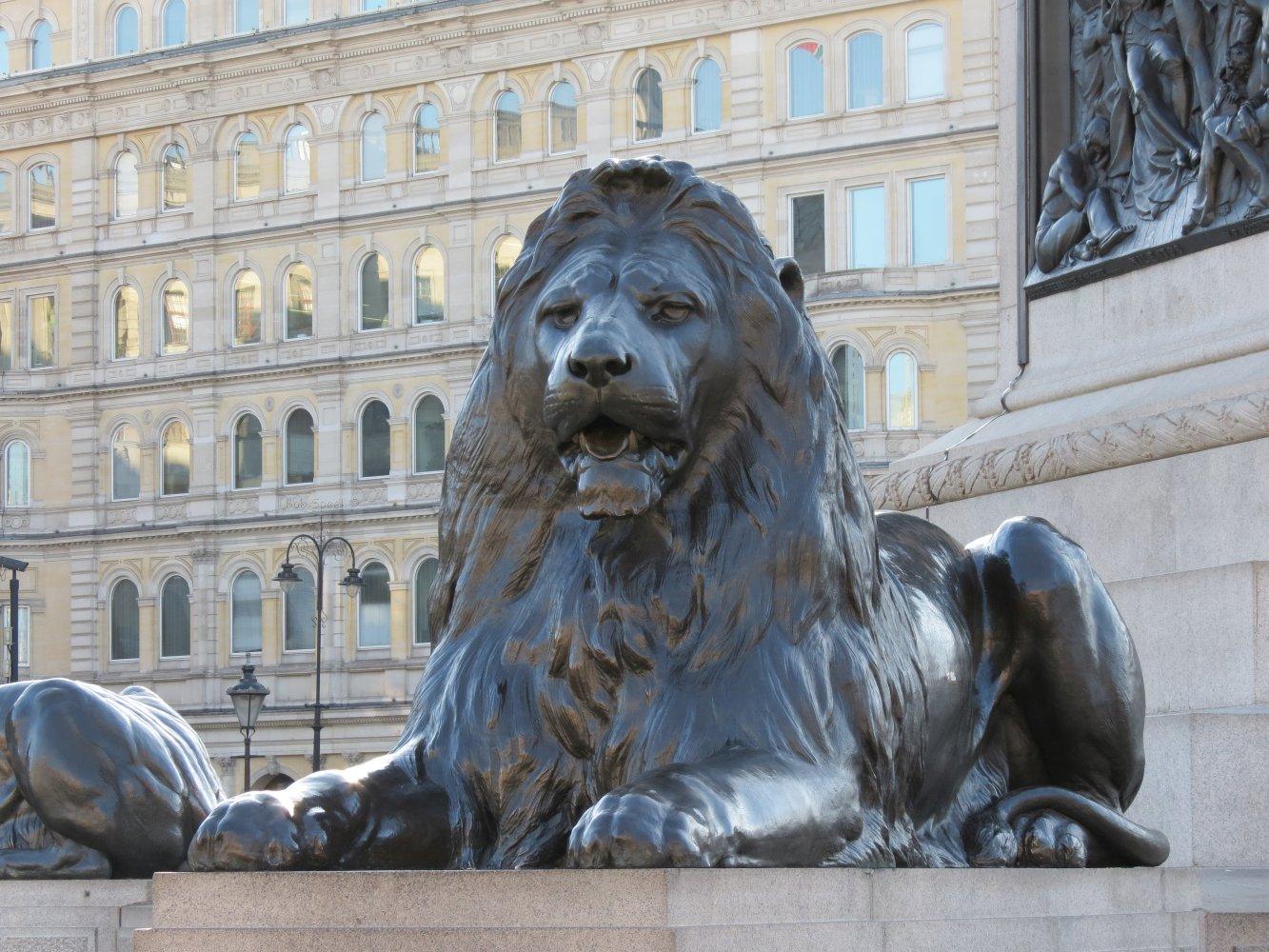
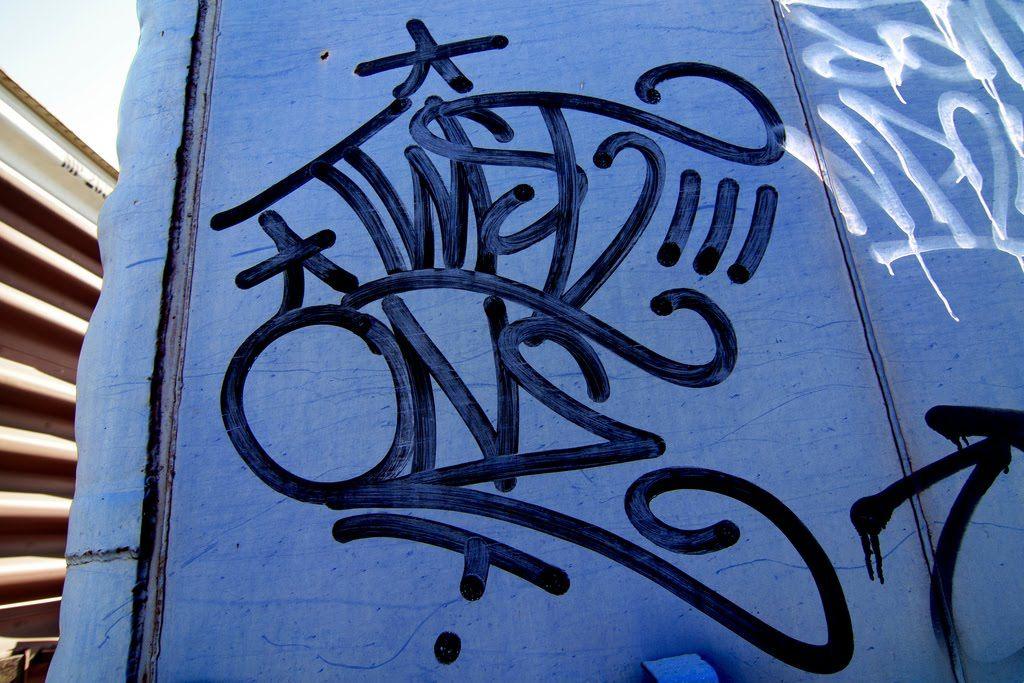
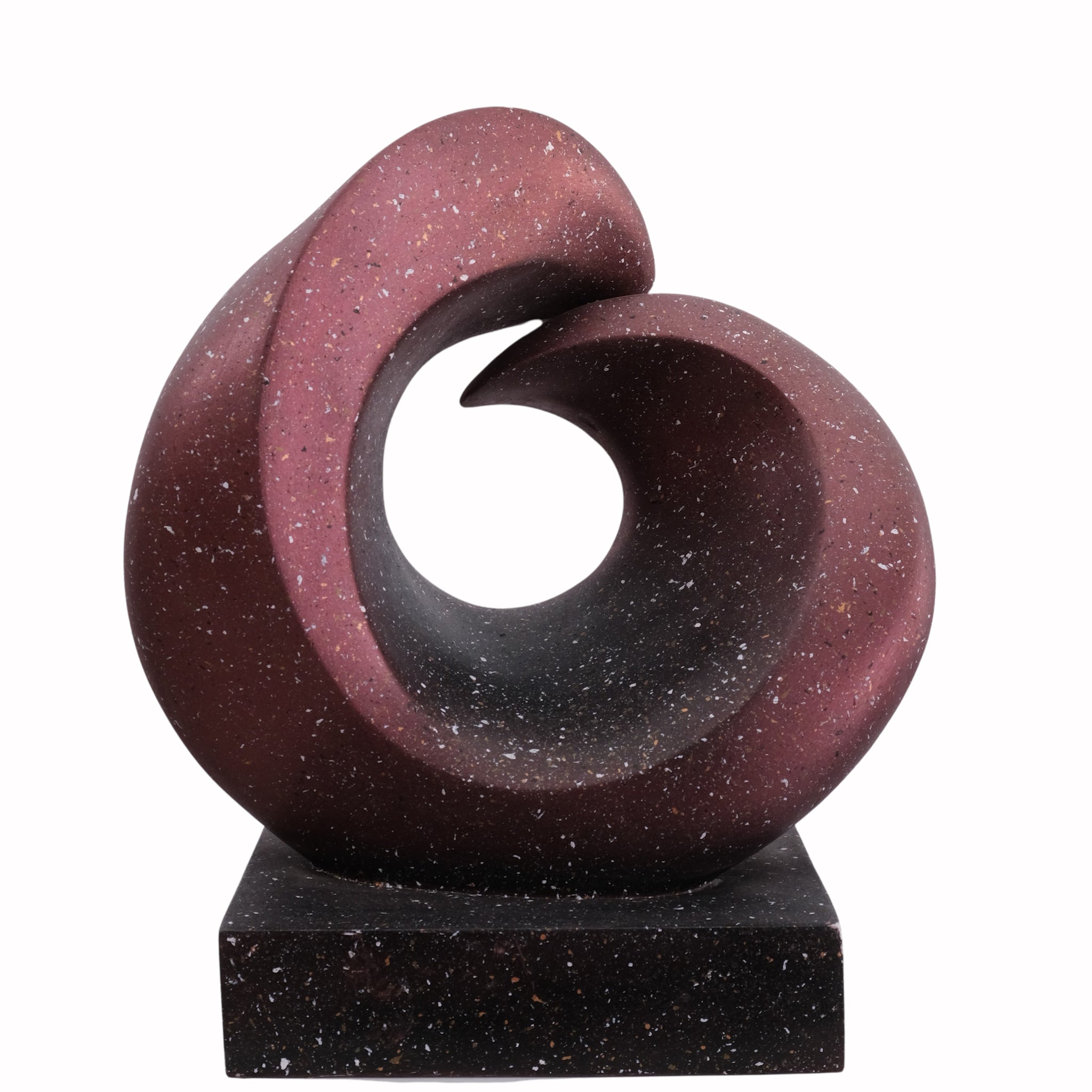
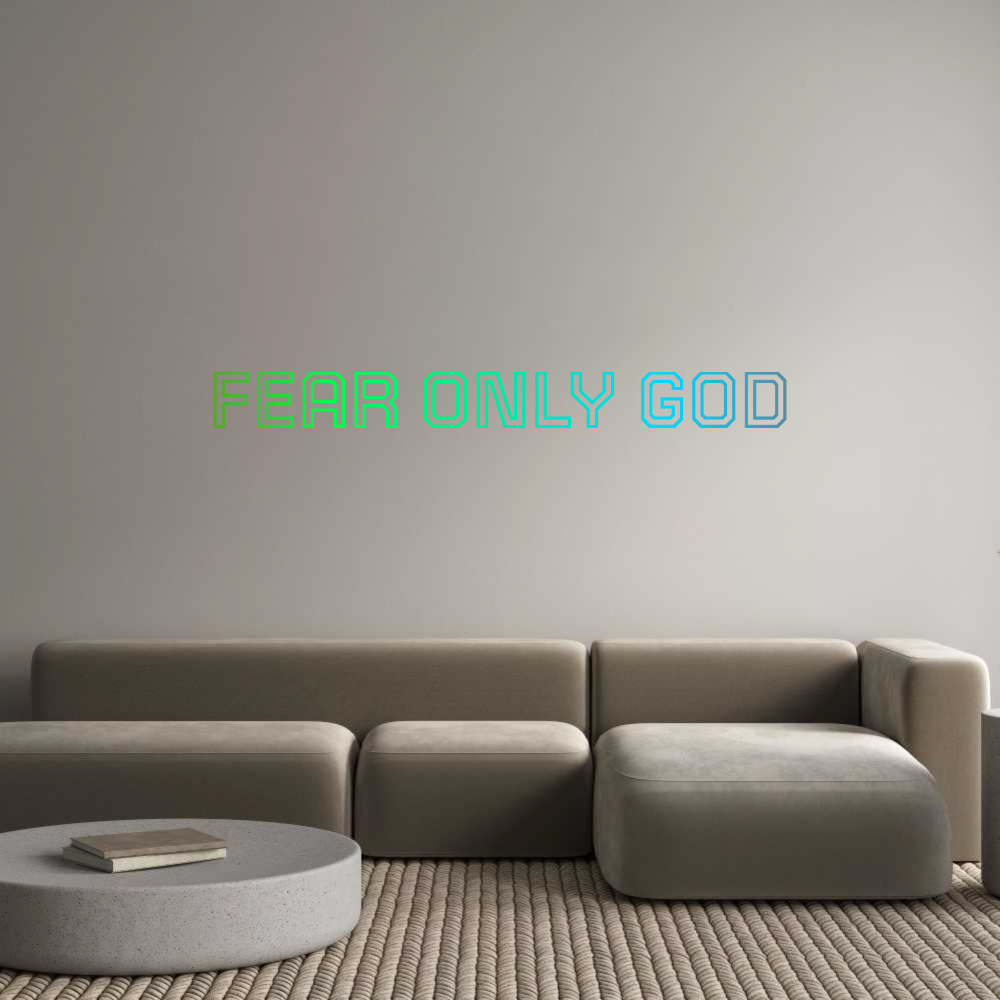
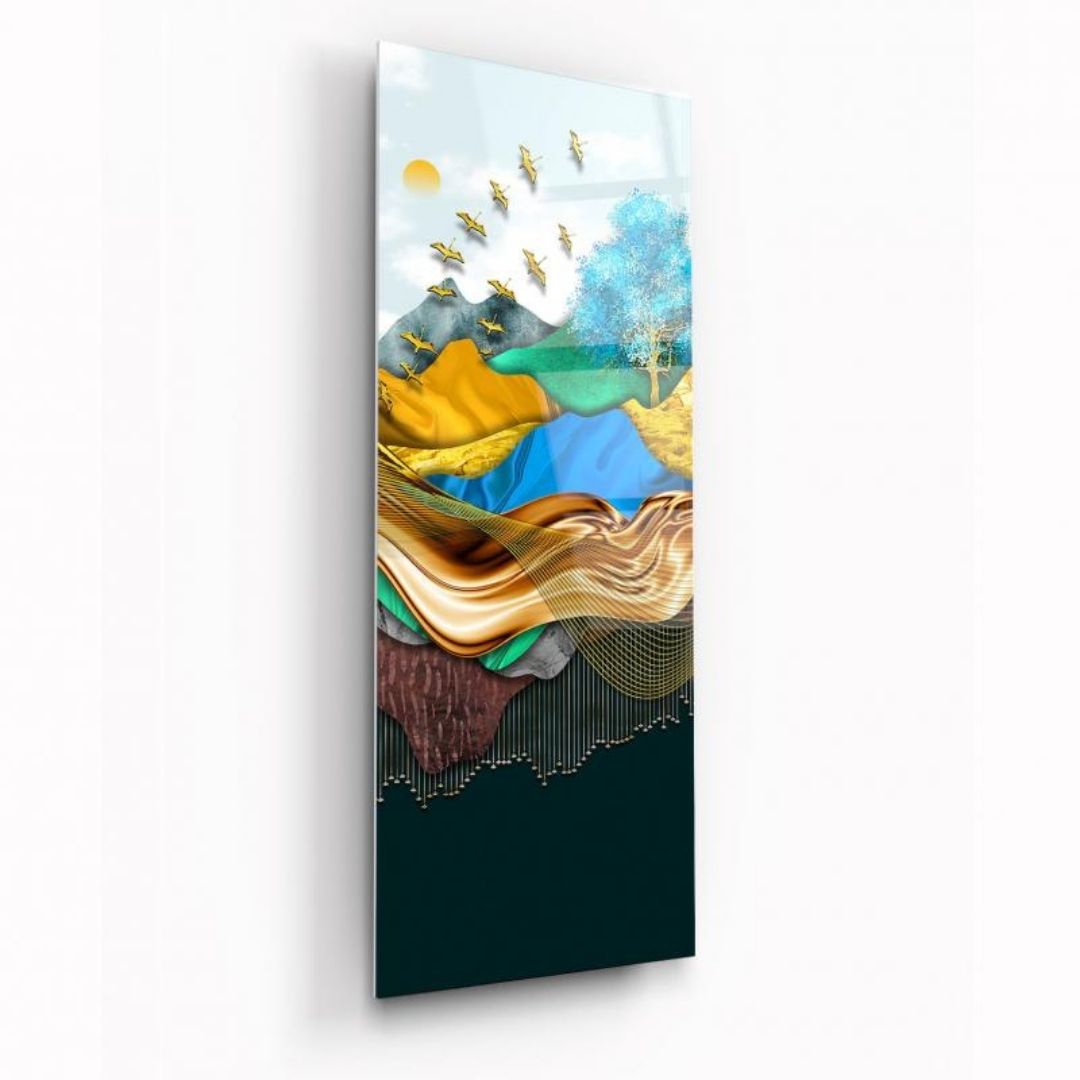
Leave a comment
All comments are moderated before being published.
This site is protected by hCaptcha and the hCaptcha Privacy Policy and Terms of Service apply.